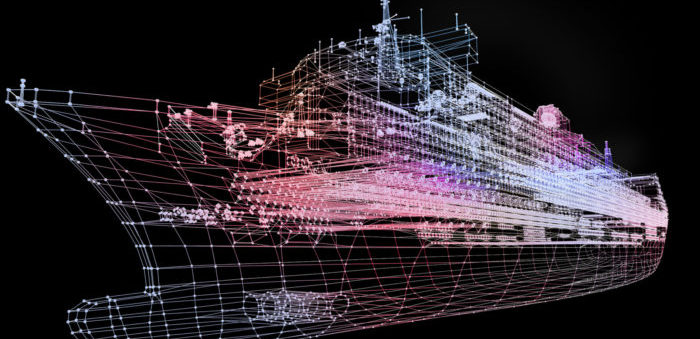DNV GL, automation systems vendor Høglund, ferry operator Fjord1, and the Norwegian Maritime Authority (NMA) have finalized the first testing phase of the ROMAS (Remote Operation of Machinery and Automation Systems) project. The parties presented the results for the first time at the Nor-Shipping trade fair in Oslo.
As ship systems become more complicated, operators depend more and more on the suppliers of individual systems to operate and maintain them.
[smlsubform prepend=”GET THE SAFETY4SEA IN YOUR INBOX!” showname=false emailtxt=”” emailholder=”Enter your email address” showsubmit=true submittxt=”Submit” jsthanks=false thankyou=”Thank you for subscribing to our mailing list”]
One way of dealing with this problem is by using remote operations. The concept is to move the engine control room (ECR) from the ship to a shore-based engine control centre (ECC), where chief engineers can operate the propulsion and auxiliary machinery systems of a single ship, or a fleet of vessels.
The ROMAS research project is now working to develop technical solutions and set out a framework of regulations, rules and verification methods to facilitate the remote, shore-based operation of ship machinery and systems.
The test campaign was carried out during the first quarter of 2019, using the Fjord1 ferry Fannefjord, with the ECC established at Fjord1’s office in Molde. The Fannefjord is an LNG/battery/diesel fueled ro-ro ferry that operates on the 35-minute crossing in Moldefjorden between Molde and Vestnes.
According to Kim Gunnar Jensen, project engineer in Fjord1, digital and connected solutions on board allow for more remote operations with better shore support for improved safety and efficiency.
After conducting the first testing phase, DNV GL informed that it the following were experienced:
- Assuming the right measures are implemented, the concept is feasible;
- Critical elements: alarms and ship-shore connectivity;
- Monitoring and analysing data on shore brings new benefits.
ROMAS will continue to take place until the to the end of 2019, aiming to leverage the experience from the project to advance future operations and the development of new products and services, including a ‘remote ready’ integrated automation system (IAS) from Høglund, the applicable rules and Approval in Principle programs from DNV GL, and regulations from the Norwegian Maritime Authority.
Namely, the following should be expected for the project:
- Documenting pilot experiences;
- Document and share learnings;
- Project wrap-up & closure.
As for the partners:
- DNV GL aims for new rules, RPs and TQ/AIP programs;
- NMA aspires to come up with new/revised regulations;
- Høglund hopes for a ‘Remote Ready’ IAS system;
- Fjord1 will consider commercial deployment for new ferries.
The ROMAS project also aspires to develop new rules and verification methods, to make sure that the remote operations concept can be used with a safety level that is the same or better than current conventional operations.






























































